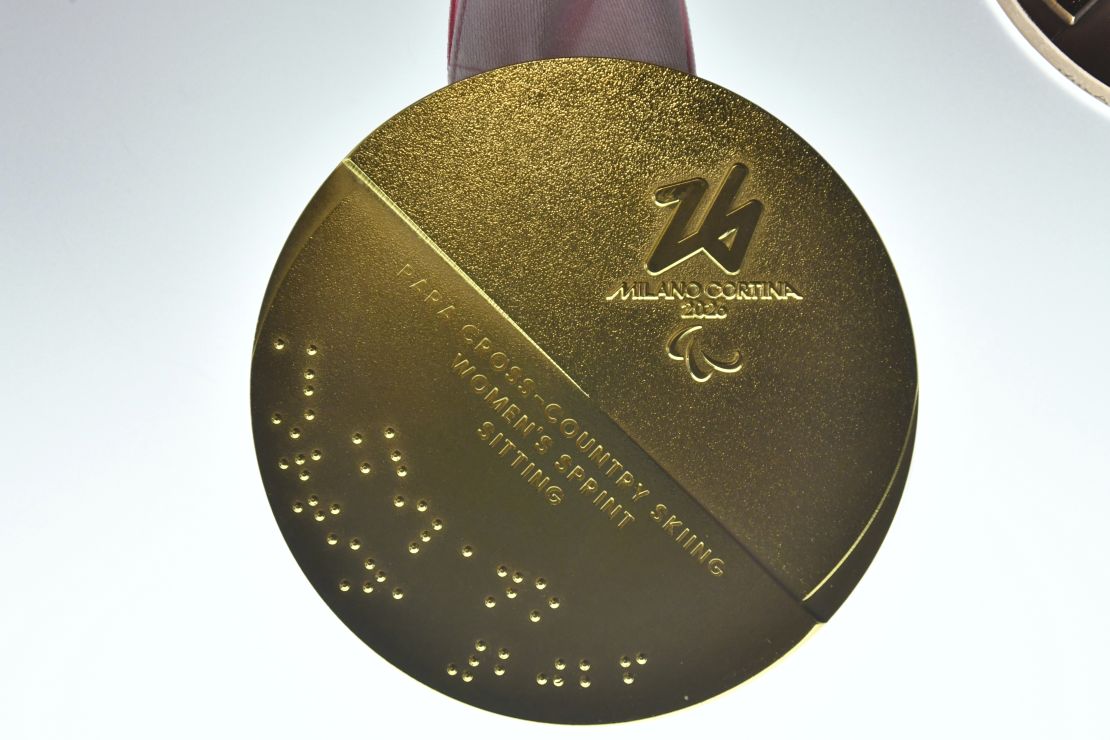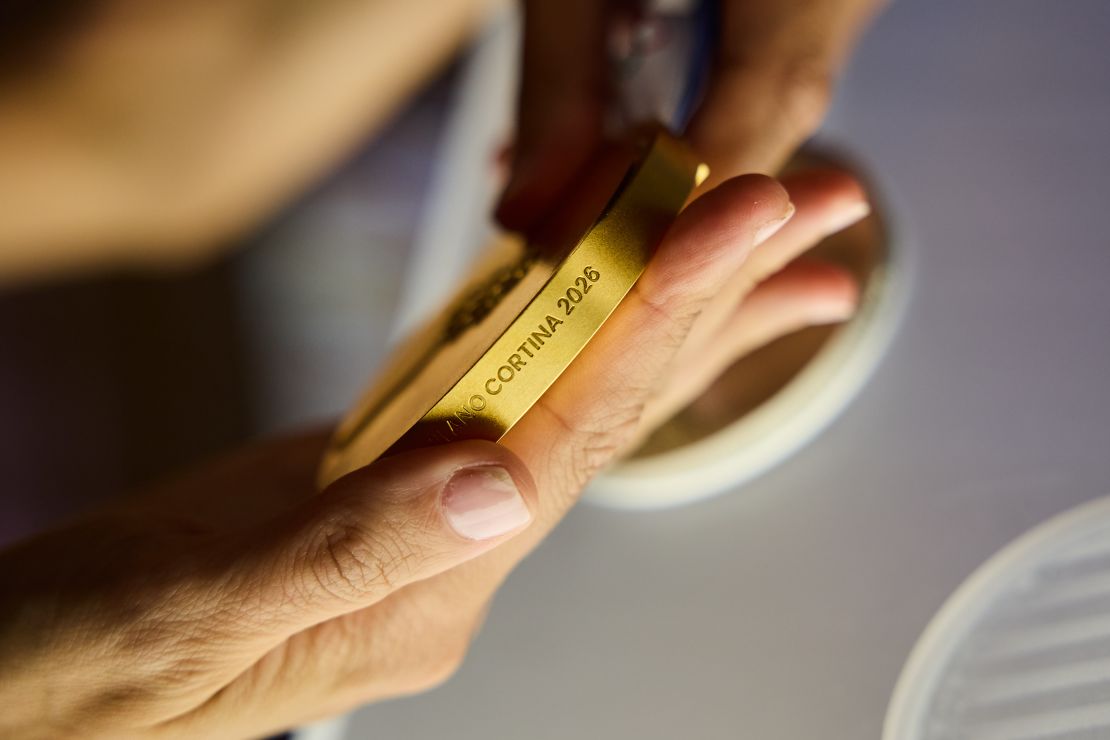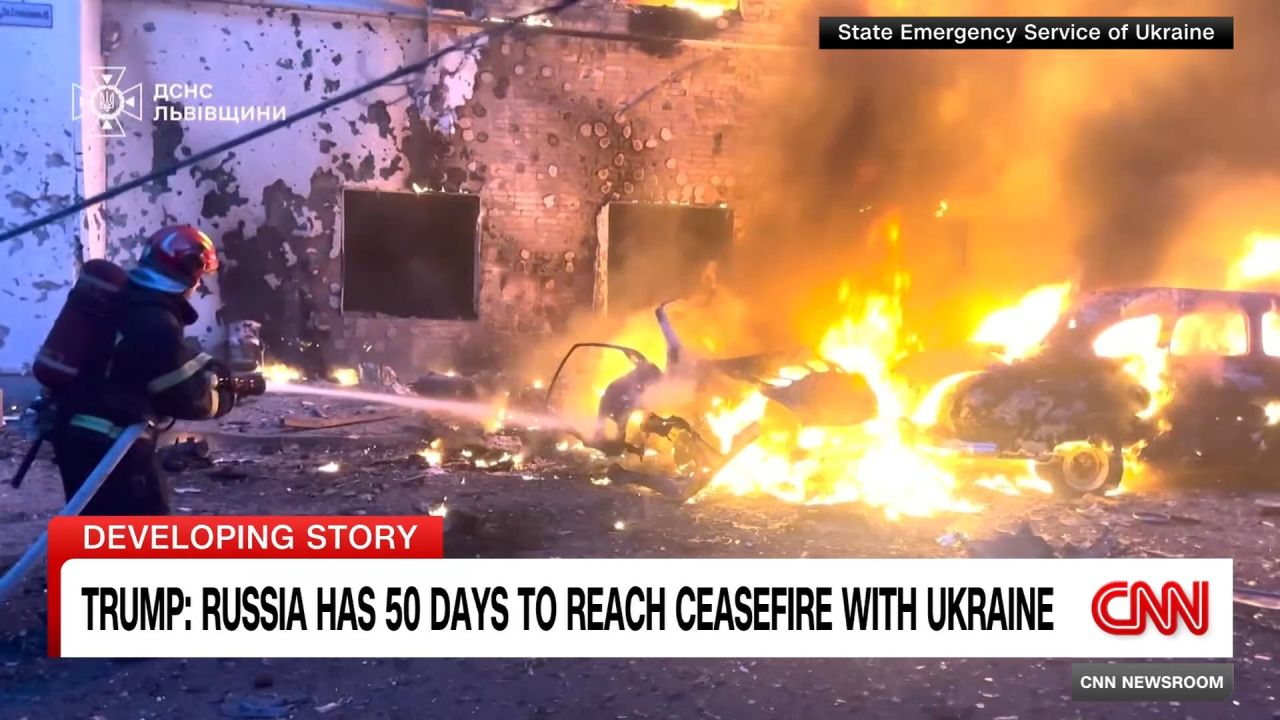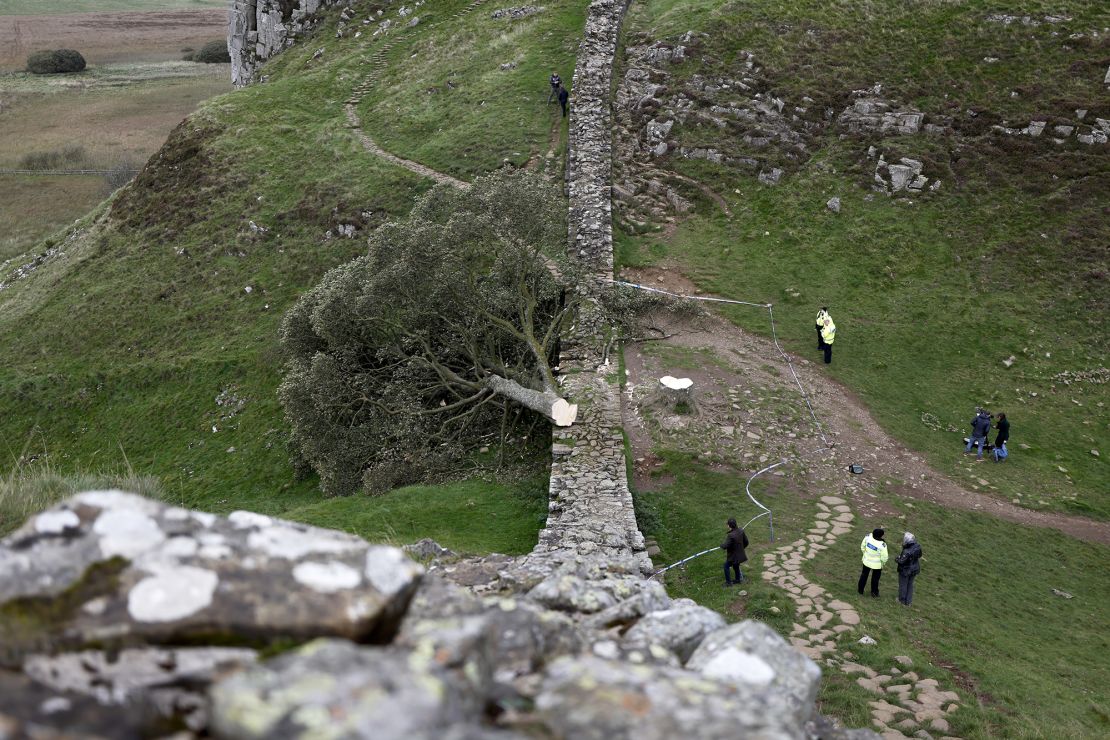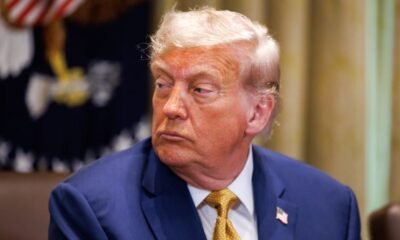CNN
—
It provides both good news and optics, but is ultimately a forced deal with a complex future.
Ukraine’s minerals agreement with the United States stems from months of fraught haggling, and originates in a Ukrainian idea first offered during the amicable climes of the Biden administration. It has since become a persistent thorn in the side of Kyiv and Washington’s febrile relationship. President Volodymyr Zelensky had little choice but to sign something, or risk another seismic rupture in his relationship with President Donald Trump.
Yet the document CNN has seen sets the stage for a longer-term relationship between the US and Ukraine. It does not give an ironclad guarantee of American profits in the next years of the Trump administration.
The symbolism was, however, largely the point. Trump needed to feel America was getting something back from Kyiv. Ukraine needed to show its relationship with this White House was functional and improving. Ukraine’s allies needed this done and dusted to remove a distraction from the complex talk of military aid and real peace that must now become their focus.
The deal’s text also contains two phrases that will be distinctly pleasing to Kyiv. First, it refers to the “large-scale destruction caused by Russia’s full-scale invasion of Ukraine” – an unambiguous statement of blame from a White House that has often preferred to pull its punches. And then it explains how Ukraine might buy arms from the US – vital given the escalating Russian onslaught across the front lines.
It says that if the US gives new military assistance to Ukraine, “the capital contribution of the U.S. Partner (to the fund) will be deemed to be increased by the assessed value of such military assistance”. In short, Ukraine will use this fund to pay for weapons. Until now, it’s been unclear whether the Trump administration would provide arms – especially desperately needed Patriot missile interceptors – at all. Here, they are explaining how Ukraine would pay for them.

It will add to a central message of this beleaguered process: that the pendulum swings of Trump’s position as he tries to broker this peace – vacillating between a wider cosiness with Moscow and maintaining US relations with Europe as a whole – have moved back in Ukraine’s favor. Trump is palpably seeing less progress with Moscow, which continues to reject the US-Ukrainian proposal of a 30-day unconditional ceasefire, itself now nearly 50 days old. The specific terms in the deal of how Ukraine might pay for future arms purchases will ring loud inside the Kremlin’s walls.
The symbolic nature of the document is also partially due to its long-term perspectives and how much political change will likely occur in the decades it needs to start really bringing money to US coffers. Neither Kyiv nor Washington will have the same administrations for more than another three years, even if the war ended tomorrow.
New presidents will choose to honor or revisit the deal. And anyone who has worked or done business in Ukraine knows they are masters at “interpreting” documents and deals in their favor. The world of natural resources is already opaque there, and it is unlikely this high-profile deal will suddenly usher in total business transparency. It’ll likely be messy once the immediate demands of the war end, that much is clear.
So it appears wide-ranging, huge, and game-changing, but at the same time its impact is not immediate, it is largely symbolic – an urgent Band-Aid. Contradictory and complex, but likely loud and clear enough for Trump.



